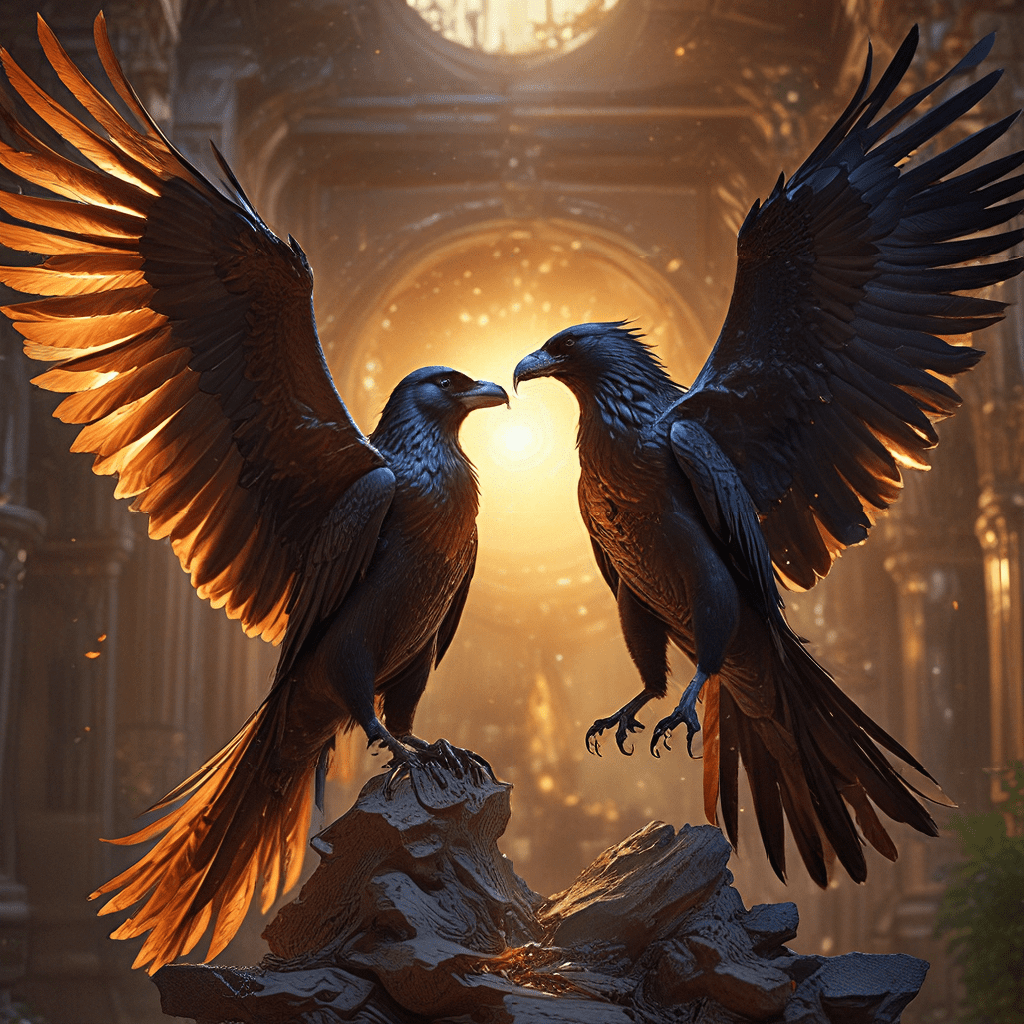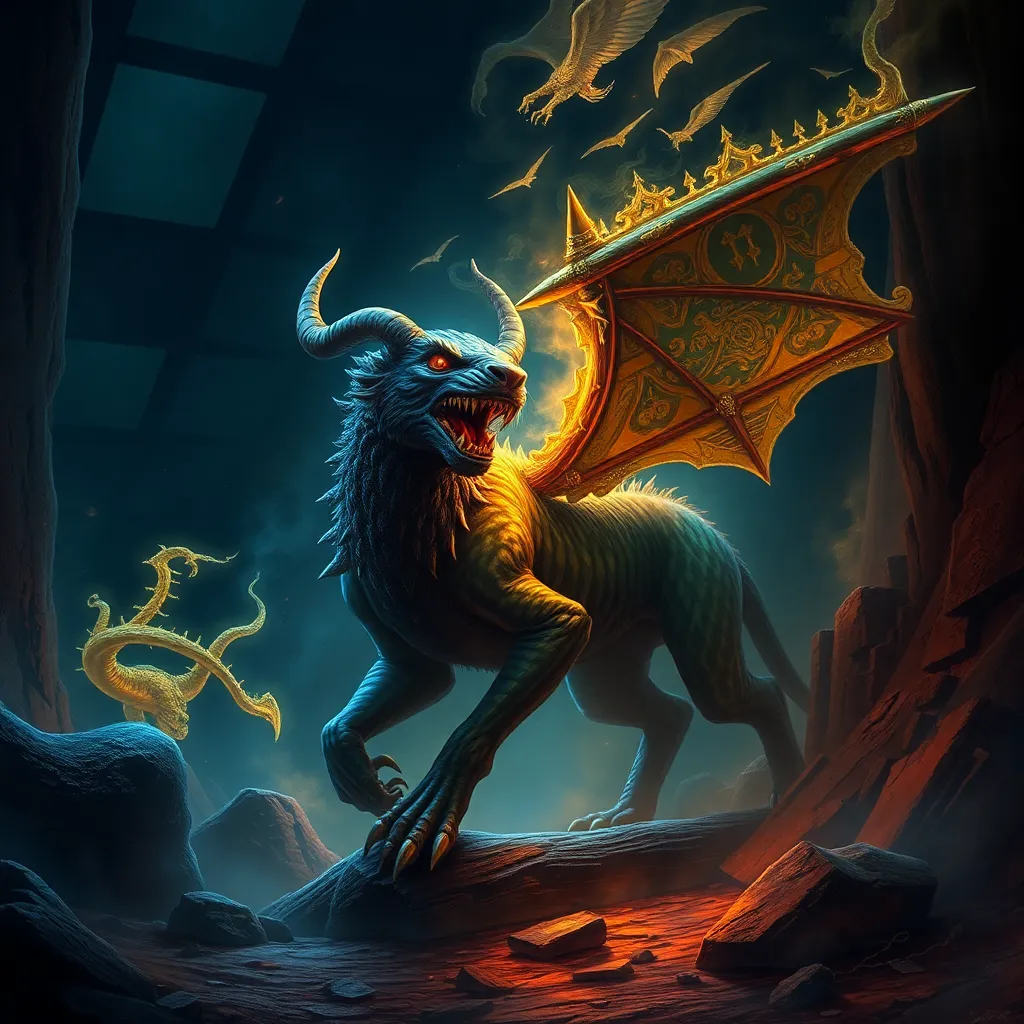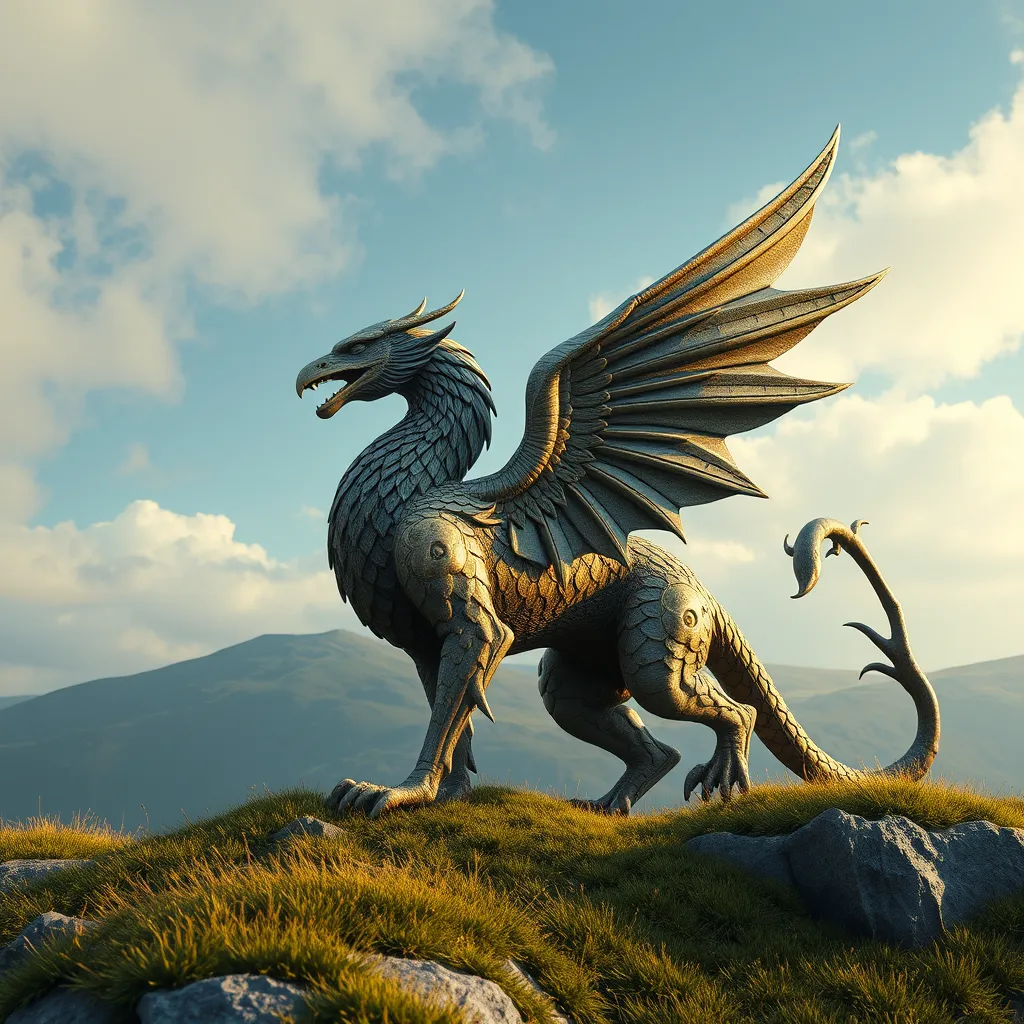The Role of Celestial Beings in Mythological Rituals and Practices
I. Introduction
Celestial beings, often regarded as divine entities or spirits associated with the heavens, play a significant role in various mythologies around the world. These beings are typically linked to celestial bodies such as the sun, moon, stars, and planets, and they often embody the attributes and powers of these entities. In ancient cultures, rituals and practices served as a means to connect with these celestial beings, seeking their guidance, favor, and blessings.
This article explores the intersection of celestial beings and mythological rituals, highlighting the historical context, types of celestial beings, the rituals associated with them, their symbolism, and their influence on societal norms and contemporary adaptations.
II. Historical Context of Celestial Beings in Mythology
Throughout history, various mythological traditions have emerged, each with its own pantheon of celestial beings. Major traditions include:
- Greek Mythology: Home to gods like Helios (sun), Selene (moon), and various star deities.
- Egyptian Mythology: Featuring gods like Ra (sun god) and Nut (goddess of the sky), whose stories often revolve around celestial phenomena.
- Hindu Mythology: With deities like Surya (sun god) and Chandra (moon god), reflecting the deep connection between celestial bodies and spirituality.
Over time, the roles of these celestial beings have evolved, influenced by cultural shifts and the integration of new beliefs. Initially revered as powerful gods, many have transitioned into symbolic figures representing natural forces and human experiences.
III. Types of Celestial Beings in Different Cultures
Celestial beings manifest in various forms across cultures:
A. Gods and Goddesses Associated with Celestial Bodies
Many mythologies feature deities directly linked to celestial bodies:
- Greek: Aphrodite (Venus), Ares (Mars)
- Roman: Jupiter (associated with the sky), Luna (moon)
- Hindu: Agni (fire, linked to the sun) and Varuna (god of the cosmic order).
B. Spirits and Deities of the Sky and Stars
In addition to gods, various cultures honor spirits associated with the sky:
- Native American Mythology: Sky spirits that influence weather and agriculture.
- African Mythologies: Deities that preside over celestial events, such as eclipses.
C. Ancestors and Celestial Beings in Indigenous Mythologies
In many indigenous cultures, ancestors are seen as celestial beings who guide and protect their descendants from the stars or the spirit world. This connection underscores the belief that the dead continue to influence the living.
IV. Rituals Involving Celestial Beings
Rituals involving celestial beings are diverse and often tied to agricultural cycles, seasonal changes, and astronomical events. Common rituals include:
- Offerings and Sacrifices: Presenting gifts to deities to earn favor or blessings.
- Ceremonies: Rituals performed during solstices, equinoxes, and other significant celestial events.
For instance, many cultures celebrate solstice events with festivals that honor solar deities, acknowledging the importance of the sun for agriculture and sustenance.
The significance of celestial alignment is also paramount in rituals, as many cultures believed that performing rituals during specific celestial events would amplify their effectiveness.
V. Symbolism of Celestial Beings in Mythological Practices
Celestial bodies carry profound symbolism in mythological practices:
A. The Meaning of Celestial Bodies in Rituals
- Sun: Symbolizes life, energy, and growth.
- Moon: Represents intuition, emotion, and the cyclical nature of life.
- Stars: Often symbolize guidance, destiny, and the unknown.
B. How Celestial Beings Represent Human Experiences and Emotions
Celestial beings often embody human experiences, such as love, war, and wisdom. For example, Venus in Roman mythology is associated with love and beauty, while Mars represents conflict and strife.
C. The Connection Between Celestial Events and Earthly Occurrences
Many cultures believed that celestial events, such as eclipses or the changing of seasons, directly impacted human life, leading to rituals aimed at harnessing or appeasing these influences.
VI. The Influence of Celestial Beings on Societal Norms and Values
Celestial beings have significantly shaped societal norms and values:
A. How Celestial Beings Shaped Moral Frameworks and Laws
Many cultures derived moral codes and laws from the narratives surrounding celestial beings, seeing them as embodiments of justice, order, and morality.
B. The Role of Celestial Beings in Community Cohesion and Identity
Celestial beings often serve as symbols of community identity, bringing people together through shared beliefs and practices that foster social cohesion.
C. Celestial Beings as Symbols of Power and Authority
In many societies, rulers and leaders were often associated with celestial beings, deriving legitimacy from their connection to the divine, reinforcing their authority and power.
VII. Contemporary Interpretations of Celestial Beings in Rituals
In recent years, there has been a resurgence of interest in celestial spirituality, leading to modern adaptations of ancient rituals:
A. Modern Adaptations of Ancient Rituals
Many people today participate in rituals that reflect ancient practices, such as celebrating solstices with festivals that honor sun deities.
B. The Resurgence of Interest in Celestial Spirituality
This renewed interest often emphasizes personal spirituality, where individuals seek a connection with celestial beings for guidance and inspiration.
C. How Contemporary Practices Reflect Ancient Beliefs
Contemporary spiritual practices often incorporate elements of ancient mythologies, blending them with modern understandings of the cosmos, reflecting an ongoing dialogue between past and present beliefs.
VIII. Conclusion
In summary, celestial beings hold a vital place in mythological rituals and practices across cultures. They embody the intersection of the divine and the earthly, guiding human experiences and societal norms throughout history. The significance of celestial beings continues to resonate in modern spirituality, illustrating the enduring legacy of these mythological figures. As cultures evolve, the interplay between mythology, rituals, and celestial beings remains a profound aspect of human experience, connecting generations through shared beliefs and practices.



